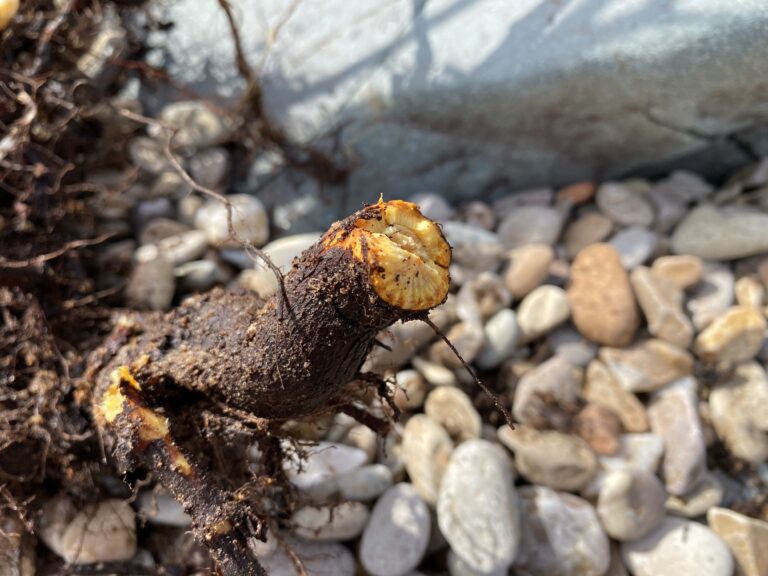Rhizomes – The Unseen Threat Lurking Beneath the Soil
Invasive plants like Japanese Knotweed and Bamboo are notorious for their stubborn persistence, wreaking havoc on properties throughout Scotland. On the surface, they may seem manageable—just another plant in the garden—but beneath the soil lies the true culprit of their invasive nature: rhizomes. These underground stems, responsible for the aggressive spread of these plants, pose a significant challenge when it comes to their removal and management.
In this blog, we will delve into the science behind rhizomes, explore why they are the root cause (literally) of the issues related to Japanese Knotweed and Bamboo, and explain why professional help is critical to effectively eradicate these invasive species.
What Are Rhizomes?
Rhizomes are horizontal, underground stems that grow laterally beneath the surface. They act as a plant’s survival mechanism, allowing it to propagate, spread, and store nutrients. Unlike roots, which only anchor the plant and absorb water, rhizomes can produce new shoots and root systems, allowing the plant to grow in multiple directions and sprout far from its original location.
Why are Rhizomes Problematic?
Aggressive Growth: Rhizomes enable plants like Japanese Knotweed and Bamboo to grow rapidly, often extending several metres from the original plant in just one growing season.
Difficult to Remove: Even if you cut back the visible shoots of these plants, the rhizomes remain alive underground. In fact, a small fragment left behind can regenerate the entire plant.
Property Damage: Rhizomes can grow into and through concrete, walls, and even drainage systems, causing extensive structural damage.
Japanese Knotweed – The Invader That Won’t Quit
Japanese Knotweed (Fallopia japonica) is one of the most invasive plant species in the UK, and its destructive nature can be traced directly to its extensive rhizome system.
What Makes Japanese Knotweed Rhizomes So Dangerous?
Extensive Spread: Japanese Knotweed rhizomes can extend up to 7 metres horizontally and 3 metres deep underground, making them difficult to track and remove.
Regrowth Power: Even a tiny fragment of the rhizome—just 0.7 grams—can lead to the growth of a new plant, making DIY removal nearly impossible and illegal if not properly disposed of.
Damage to Structures: These rhizomes can infiltrate foundations, driveways, and drainage pipes, causing significant and costly damage to properties.
Key Features of Japanese Knotweed Rhizomes:
– They are thick, woody, and dark brown on the outside.
– The inner tissue is orange/yellow and can easily snap.
– The rhizomes are capable of surviving for years underground without producing shoots, lying dormant and waiting for the right conditions to regrow.
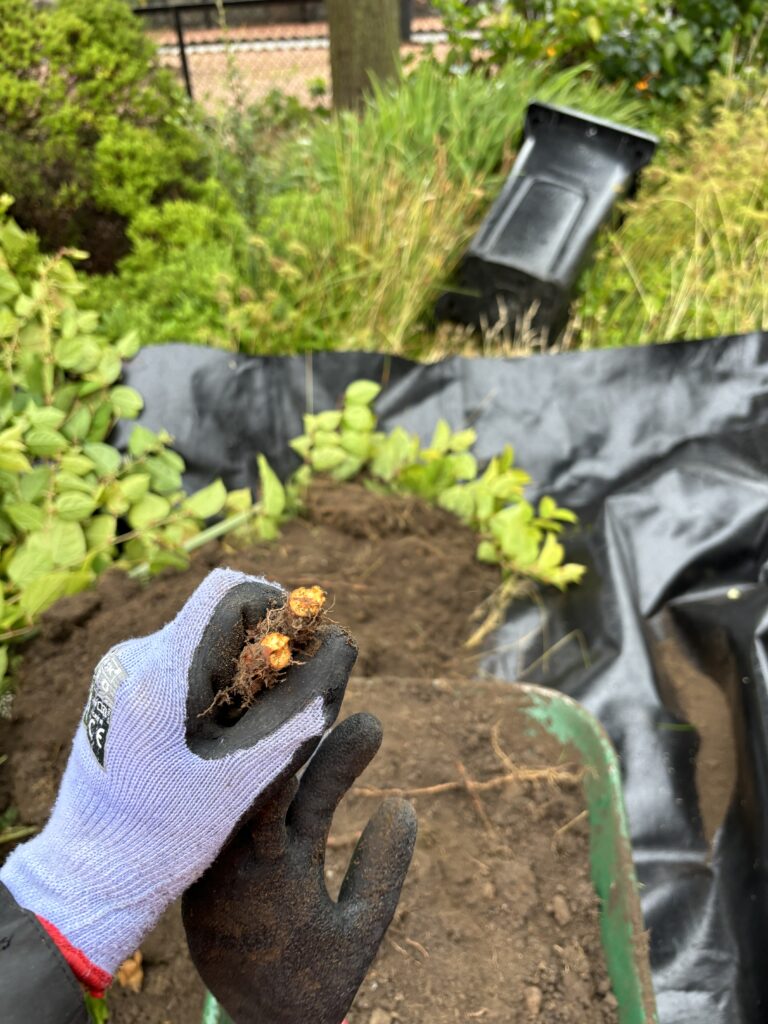
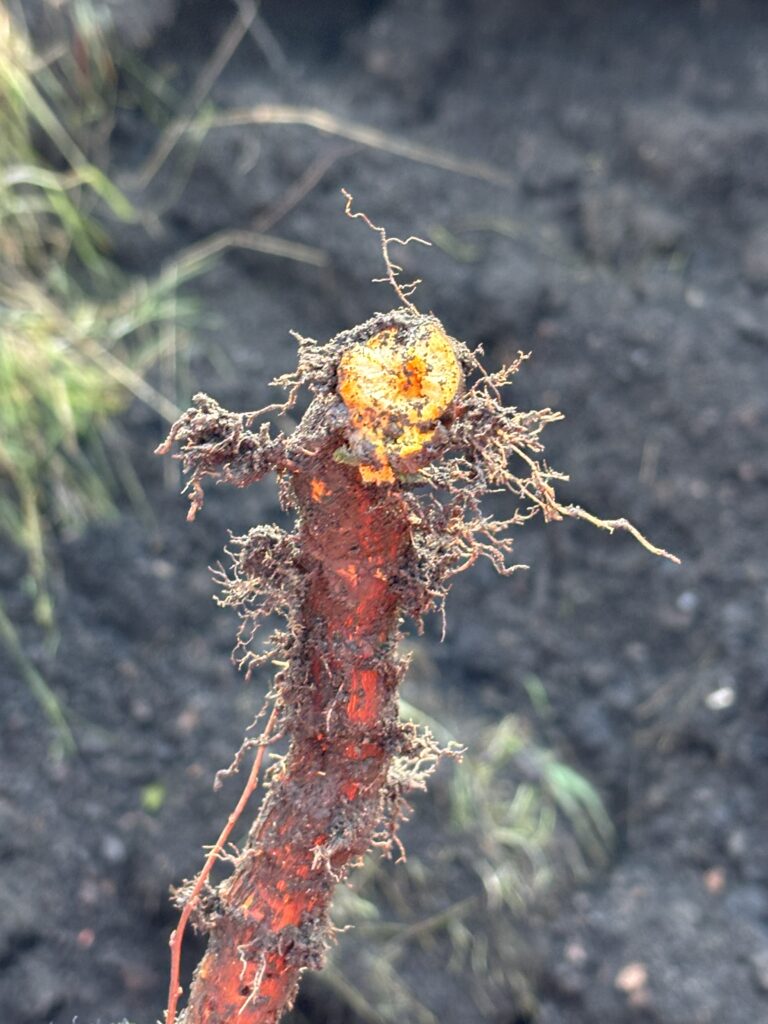
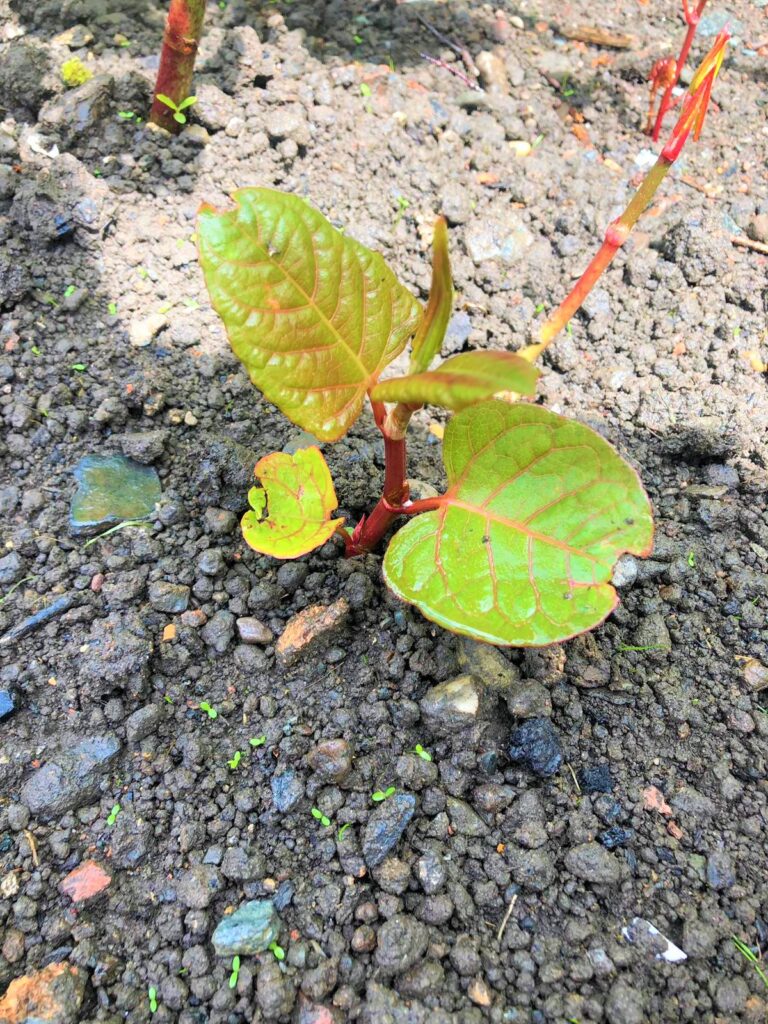
Bamboo – Beautiful but Destructive
Bamboo, often admired for its aesthetic appeal, can be a homeowner’s worst nightmare once it gets out of control. While there are many species of bamboo, the most problematic in Scotland are the spreading varieties, known as running bamboo.
How Bamboo’s Rhizomes Cause Problems:
Unstoppable Growth: Bamboo rhizomes are incredibly fast-growing, and if left unchecked, they can spread across gardens and neighbouring properties, creating dense, uncontrollable thickets.
Disruption to Hardscapes: Bamboo rhizomes can push through patios, driveways, and even foundations, similar to Japanese Knotweed, causing structural damage and requiring costly repairs.
Difficult to Eradicate: Like Knotweed, bamboo rhizomes can regenerate from even the smallest fragment, meaning professional removal is essential for complete eradication.
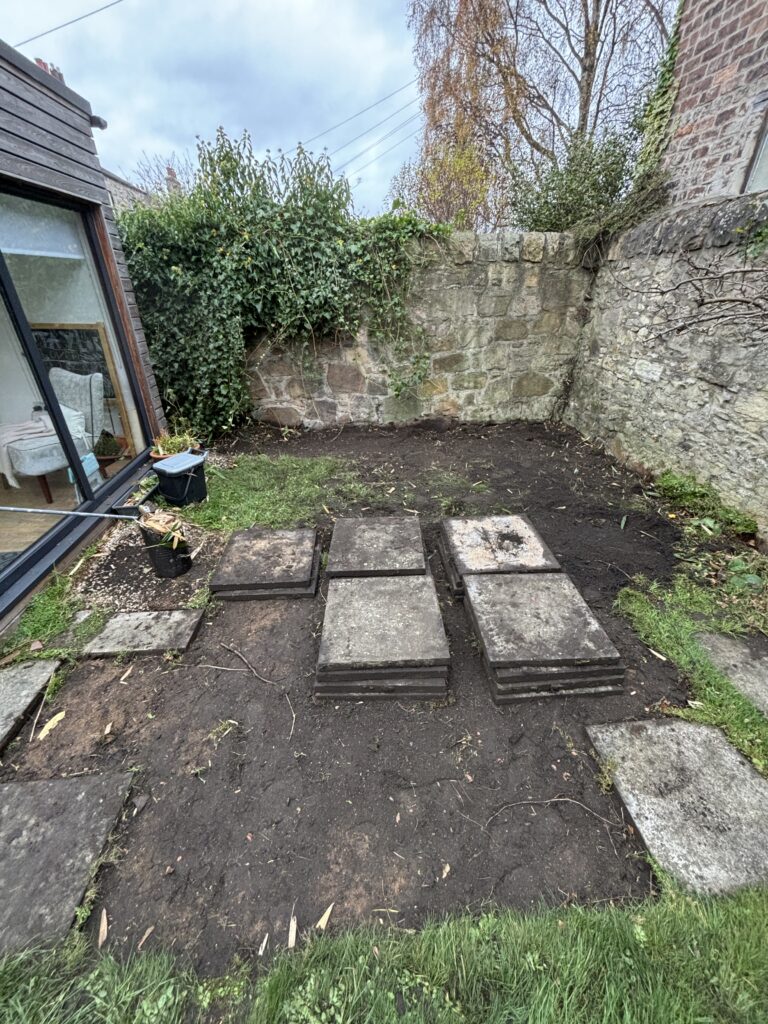
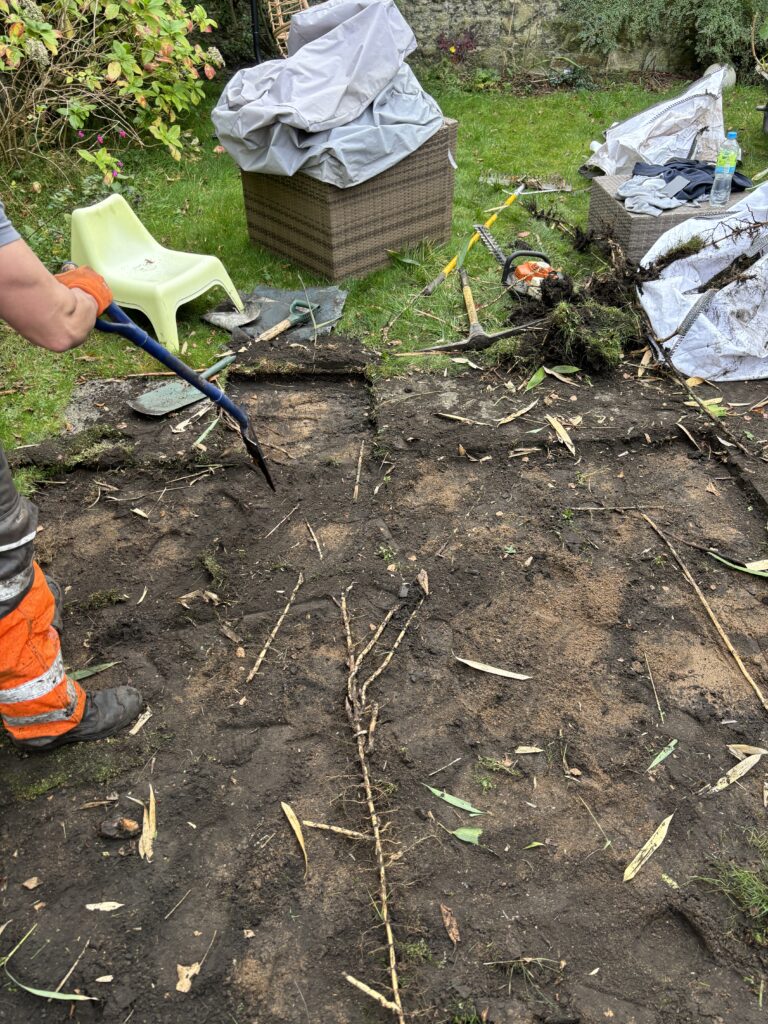

Why DIY Removal Fails
Many homeowners attempt to tackle invasive species like Japanese Knotweed and Bamboo themselves, only to find that the problem worsens over time. Here’s why:
Inadequate Tools: Rhizomes grow deep underground and require specialised equipment for full excavation. Basic gardening tools won’t reach the full extent of the problem.
Incomplete Removal: Leaving even a small portion of rhizome behind will result in regrowth, often stronger than before.
Risk of Spread: Improper handling of these plants can lead to accidental spread, especially if soil containing rhizome fragments is moved to another part of the garden.
In Scotland, strict regulations govern the removal of invasive species like Japanese Knotweed. Without following proper procedures, you could inadvertently cause further contamination and face potential fines.
How JBB Knotweed Solutions Can Help
At JBB Knotweed Solutions Ltd, we specialise in the expert removal and treatment of invasive plants, using proven techniques to eliminate rhizomes and prevent regrowth. Here’s how we tackle the problem:
Herbicidal Treatment: We use targeted herbicide applications that penetrate deep into the plant’s rhizome system, preventing it from spreading further.
Excavation Solutions: In cases where the rhizomes are extensive, we offer full excavation services. This involves digging out the rhizomes to the necessary depth, ensuring no fragments are left behind.
Professional Expertise: With over 120 5-star reviews, we pride ourselves on delivering friendly and effective service. Our team understands the unique challenges posed by Japanese Knotweed and Bamboo and offers tailored solutions to eradicate them safely and legally.
Don’t Let Rhizomes Take Over Your Property
If you’ve noticed the signs of invasive species like Japanese Knotweed or Bamboo on your property, don’t wait until the damage becomes severe. Contact JBB Knotweed Solutions Ltd today for a consultation.
Get in Touch with Us Today


